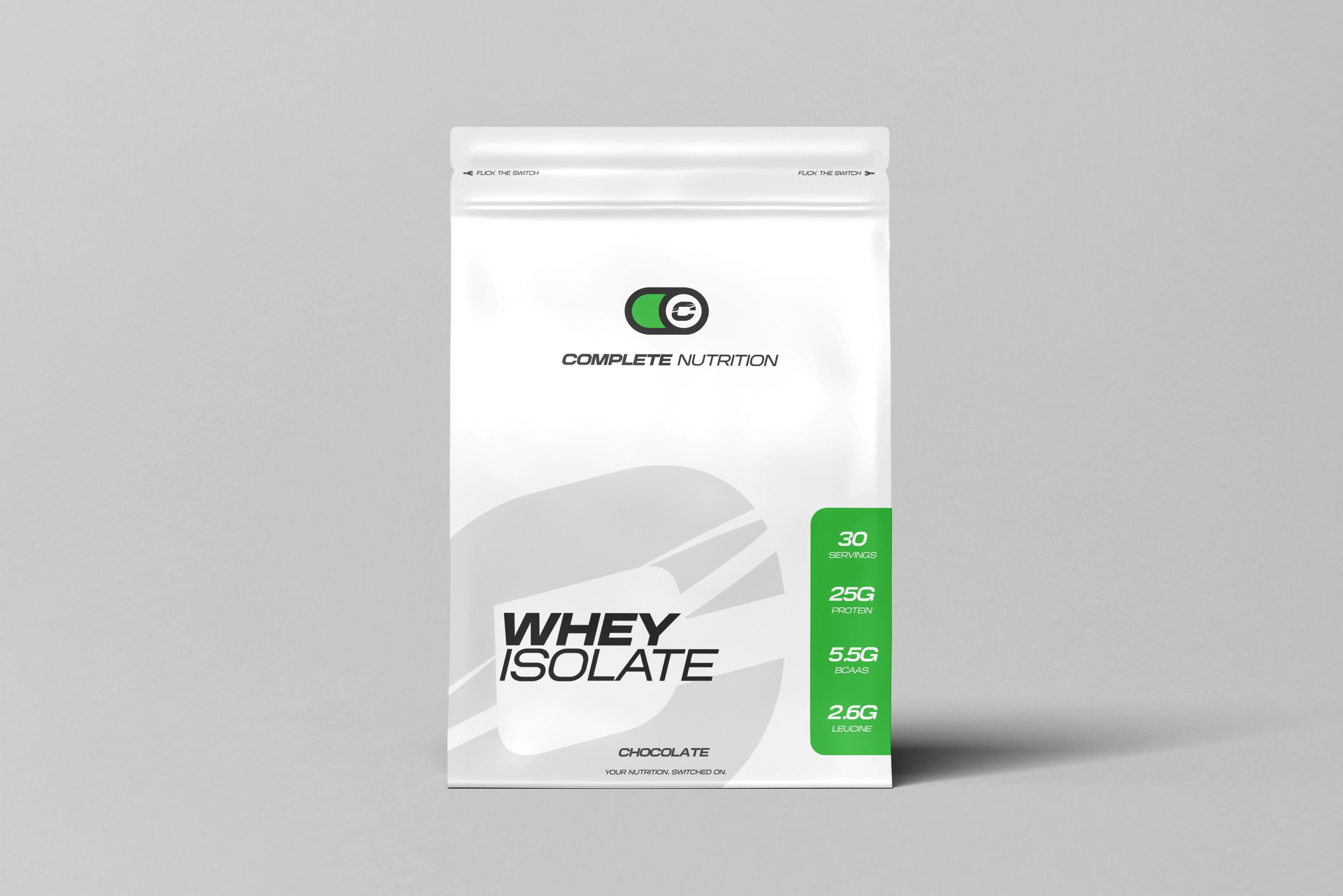Grapes are a low-calorie, high-water fruit that offer a naturally sweet snack. The exact calorie content depends on the type of grape and portion size, but on average, grapes contain about 69 calories per 100 grams. That makes them a light and refreshing choice compared to more calorie-dense fruits or processed snacks.
Calories by Weight and Grape Variety
Calorie content in grapes varies slightly depending on whether you’re eating red, green, black, or Concord grapes. Red and green grapes tend to have similar calorie counts, hovering around 67 to 70 calories per 100 grams, while black grapes can be slightly higher due to their higher natural sugar content. A typical handful of grapes (about 10–15 grapes or roughly 50 grams) will provide around 35 calories. A full cup of grapes (roughly 150 grams) will deliver about 100 to 105 calories. If you’re snacking on raisins or dried grapes the calories are significantly higher. One cup of raisins can pack over 400 calories due to the removal of water and concentration of sugars.
Nutritional Breakdown of Grapes
Grapes are rich in natural sugars, mostly glucose and fructose, and contain no fat, a small amount of fiber, and minimal protein. A 100-gram serving provides around 17 grams of carbohydrates, including 15–16 grams of sugar and about 1 gram of dietary fibre. They’re a good source of vitamin C, vitamin K, and antioxidants such as resveratrol, which is known for its potential heart-health benefits. The hydration factor is also a plus, grapes are made up of around 80% water, making them naturally filling and refreshing.
Health Benefits of Grapes
Grapes are loaded with antioxidants that may protect against cellular damage and inflammation. Resveratrol, found in grape skins (especially red and black grapes), has been linked to improved heart health and reduced risk of certain chronic diseases. The fibre in grapes supports digestion, and their high water content helps with hydration and satiety. Grapes also contain a mix of phytonutrients that may have cancer-preventive and anti-aging properties. They're also a suitable snack for children due to their sweetness, soft texture, and vitamin content.
Downsides of Grapes
Despite their natural origins, grapes are still high in sugar. People with insulin resistance, prediabetes, or diabetes may need to moderate their intake, especially if eating grapes in large amounts. The sugar is natural, but it still has an impact on blood glucose levels. Grapes also offer low protein and fat, which means they don’t provide a balanced macronutrient profile on their own and won’t keep you full for long unless paired with a protein- or fat-rich food. Raisins and other dried grape products are particularly calorie-dense and easy to overeat, which can lead to unintended calorie surpluses.
How Grapes Affect Your Diet
Grapes fit well into a weight-loss or maintenance diet due to their low calorie density and hydrating nature. They are ideal for snacking between meals or satisfying sweet cravings in a healthier way. However, because they are mostly sugar and water, they are best eaten alongside a source of protein or healthy fat to keep blood sugar levels stable and improve satiety. Eating grapes on their own may give a quick energy boost but could also lead to a sugar crash or rebound hunger not long after.
Glycemic Index (GI) Rating
Grapes have a moderate glycemic index, typically ranging from 45 to 60, depending on variety and ripeness. This puts them in the low to moderate GI range, which means they have a mild to moderate impact on blood sugar. Their high fructose content results in slower absorption than pure glucose, but the effect can still be significant for people with blood sugar sensitivity. Dried grapes like raisins have a higher GI due to the concentration of sugars.
How Grapes Are Grown
Grapes are grown in clusters on vines, which are cultivated in warm, dry climates with plenty of sunlight. Vineyards use trellis systems to support the vines as they grow. Grapes require regular pruning, controlled irrigation, and protection from pests and disease. The harvesting process depends on whether the grapes are intended for fresh eating, wine production, or drying. Table grapes are picked by hand when fully ripe and sweet, while wine grapes may be harvested earlier or later depending on desired sugar levels for fermentation.
Ingredients in Grapes
Fresh grapes are a whole food with no added ingredients, just the fruit as nature intended. However, processed grape products like grape juice, raisins, or fruit snacks often contain added sugars, preservatives, or flavourings, which significantly increase calorie content and reduce nutritional quality. Always check labels when consuming grape-based products outside their fresh form.
A Healthier Alternative (If Needed)
Fresh grapes are already a healthy option, but if you’re looking for something even lower in sugar or more filling, berries like strawberries, blueberries, or raspberries make a great swap. They contain fewer sugars per gram, more fibre, and often more antioxidants per serving. Pairing grapes with a handful of nuts or a slice of cheese can also help balance blood sugar and increase satiety without drastically increasing calories.
Calorie Differences Between Grape Varieties
Not all grapes are created equal. Red and black grapes tend to be slightly higher in natural sugars compared to green grapes, which can push their calorie content up by a few calories per 100 grams. Concord grapes, which are often used for juice and jelly, tend to be sweeter and more calorie-dense than table grapes. The difference isn’t massive, but over a large serving, it adds up especially for someone monitoring sugar or carb intake.
Fresh Grapes vs. Raisins: A Calorie Contrast
Raisins are just dried grapes, but the calorie concentration is extreme. A small box of raisins (around 40 grams) contains approximately 120 calories, nearly double the calories in the same weight of fresh grapes. The drying process removes water and condenses sugar, making raisins calorie-dense and easy to overeat. This makes them useful for endurance athletes who need portable energy but less ideal as a casual snack if you're watching your intake.
Juicing Grapes: A Hidden Calorie Trap
Grape juice may seem healthy, but it’s far more calorific than whole grapes. A single cup of grape juice contains about 150–170 calories, and almost all of that comes from sugar. Because the juice removes the fibre, it spikes blood sugar faster and doesn’t fill you up, making it one of the least efficient ways to consume the fruit. Whole grapes are always a better choice nutritionally.
Why Grapes Make a Great Pre-Workout Snack
Due to their high sugar content and easy digestibility, grapes provide a quick burst of energy. Eating a small serving before a workout, especially combined with some protein can help fuel performance without weighing you down. The sugars are absorbed quickly, and the high water content helps with hydration.
Storage and Ripeness Affect Calories Slightly
Grapes become sweeter the longer they ripen. That’s because the natural starches in the fruit convert into sugars. Fully ripened grapes may have slightly more sugar per gram, and therefore slightly more calories. Cold storage can also impact sweetness, especially if they continue to ripen post-harvest.
Calories in Frozen Grapes
Frozen grapes are a popular low-calorie snack alternative to candy or sorbet. The freezing process doesn’t change the calorie count, a cup of frozen grapes still contains about 100 calories but because they're firmer and take longer to eat, they promote slower consumption and portion control. They’re especially useful for those managing cravings or trying to reduce added sugars in their diet.
How Many Grapes Can You Eat Without Overdoing It?
A handful of grapes is fine, but it’s easy to keep reaching into the bunch without realizing you've eaten two or three servings. If you’re aiming to stay around 100 calories, stick to roughly a cup (150 grams). Beyond that, the sugar content begins to stack up particularly for people who are sensitive to blood glucose spikes or trying to maintain a calorie deficit.
Pairing Grapes for Better Nutrition
Grapes are almost entirely carbs and water, so they don’t offer much in terms of protein or fat. Pairing them with something like Greek yogurt, a small portion of nuts, or cottage cheese adds staying power to the snack. This combination slows down digestion and balances blood sugar response, making it a smarter move for anyone trying to manage energy levels or hunger throughout the day.
Summary
Grapes are a naturally sweet, low-calorie fruit with about 69 calories per 100 grams. They’re high in sugar but also offer hydration, fibre, antioxidants, and key vitamins. Their moderate glycemic index makes them suitable for most diets in sensible portions, although people with blood sugar concerns should keep an eye on serving size. While grapes aren’t rich in protein or fat, they’re a great option for light snacking or pairing with other foods to create a balanced snack. As with all fruit, the key is portion awareness and when eaten fresh and in moderation, grapes are a smart, health-boosting choice.


Share:
How Many Calories in a Pint of Beer
How Many Calories in a Cup of Tea